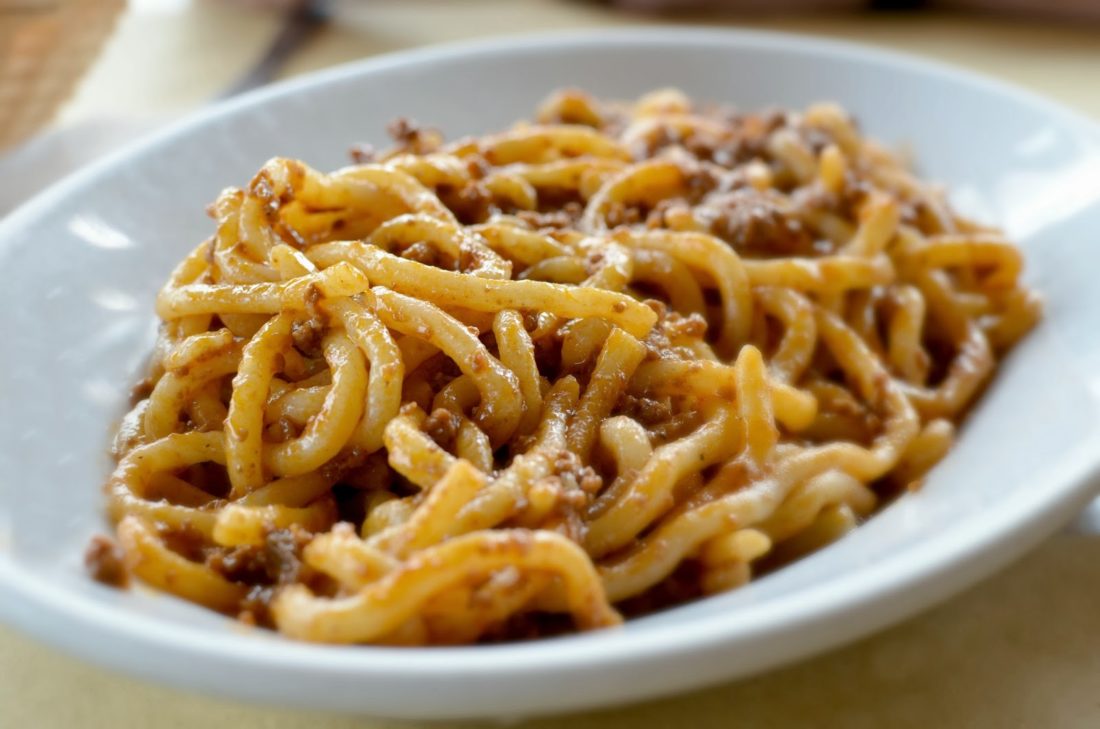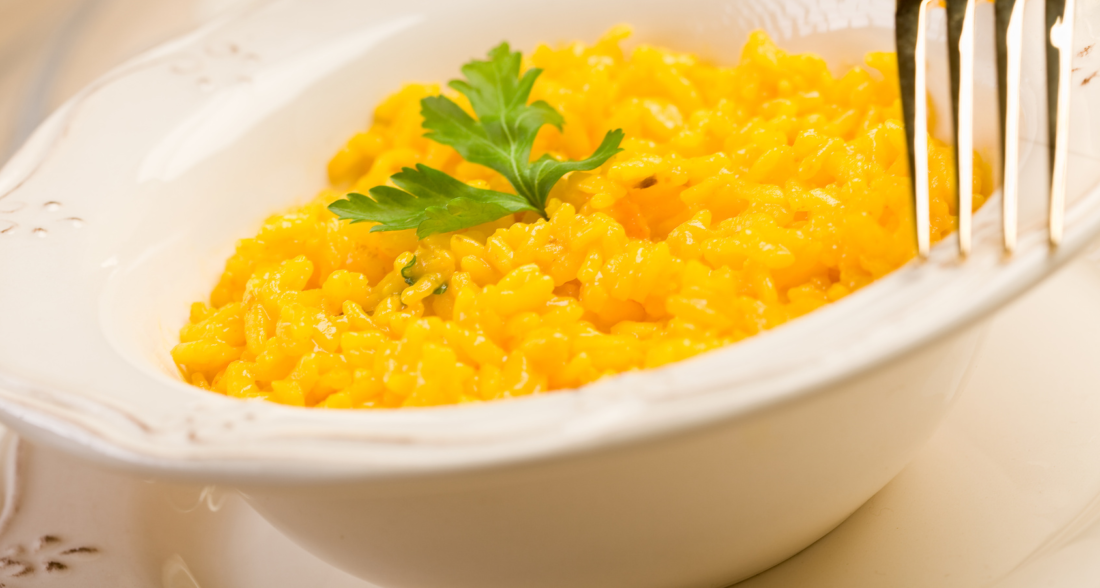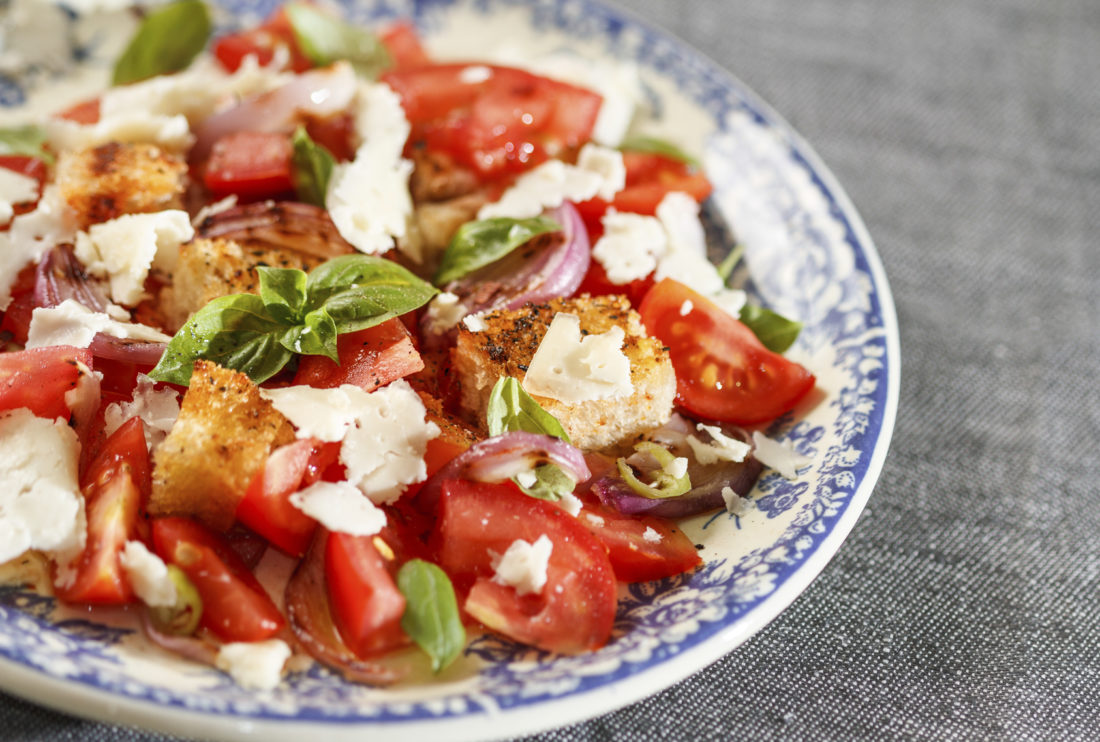Pici
PICI “MORICCIANI STYLE”
Pici is the local pasta made only in the Val d’Orcia. Every woman has her own way of making the dough–there are as many ways to combine ingredients (with eggs, without eggs, etc.) as there are cooks! This is why we call this recipe “Moricciani Style” because it is the way we make it. We like our pici with Liliana’s “Ragù” (the recipe is available in the “Broth and Sauces” section).
INGREDIENTS (FOR 2-3 PEOPLE)
1 kg unbleached all-purpose flour*
1 whole egg
1 glass of water (ca. 200 ml) at room temperature
1 cup all purpose flour (to keep the pici separated while they are drying)
If you have taken the pici-making class at Cretaiole, you know that it is important to adjust the water according to the way the dough feels. The size of the eggs, the amount of humidity in the air, etc., will make it necessary for you to use more or less water to make the dough right. So, please take these measurements as approximate amounts.
*See tip below for gluten-free flour
PREPARATION
Pour 1 kg flour on a wood or rough marble counter and form a well in the center. Add the egg to the center of the well and beat with a fork. Add the water and mix with the fork while not letting the water escape; when the ingredients come together start using your hand to mix them until the dough forms. Work together until smooth and homogeneous. Knead dough for 5-10 minutes, adding a little more flour if necessary to prevent sticking.
The dough at the end of the work must be quite solid, but elastic, not sticky. Note: if it is still too sticky add some more flour, if it is too hard you can’t add more water!
Brush top of dough with some olive oil to prevent skin from forming, and cover with a cloth. Let rest for 10 minutes.
How to “roll” the “pici”:
To make “Pici” is an art, but with some training you’ll be able to get good results. The “picio” must have the shape of an irregular “spaghetto”, but it must be thicker than regular spaghetti. A “picio” can be up to 2 meters long!
It is preferable to work on a rough surface (or even a silicon pastry mat–they work great!) which has to be completely clean and with no flour! Put also a drop of olive oil in the palm of your hands before starting, it will be easier for you to roll the pici.
First roll the dough out on a lightly floured counter until it is 1/16” thick. Cut into 1/8” wide pieces. The left hand must keep the left end of the piece while the right hand is rolling. Always roll the pici under the palm, not under the fingers! The right hand must move on the picio from the right to the left.
When the picio is done, hang in loops over your hand and put it into the flour to prevent them from sticking and place on prepared baking sheets or platters. Repeat with remaining dough.
Bring a large pot of water to a boil; add a handful of salt. Cook pasta until al dente, about 5 minutes. Drain.
TIPS
If you need a gluten-free pasta, use this same recipe but try it with Jules Gluten Free Flour (www.julesglutenfree.com). This tip comes from one of our guests from the United States. She simply substituted the flour with this particular gluten-free flour. Other brands may work as well. Try it and let me know about the results!






